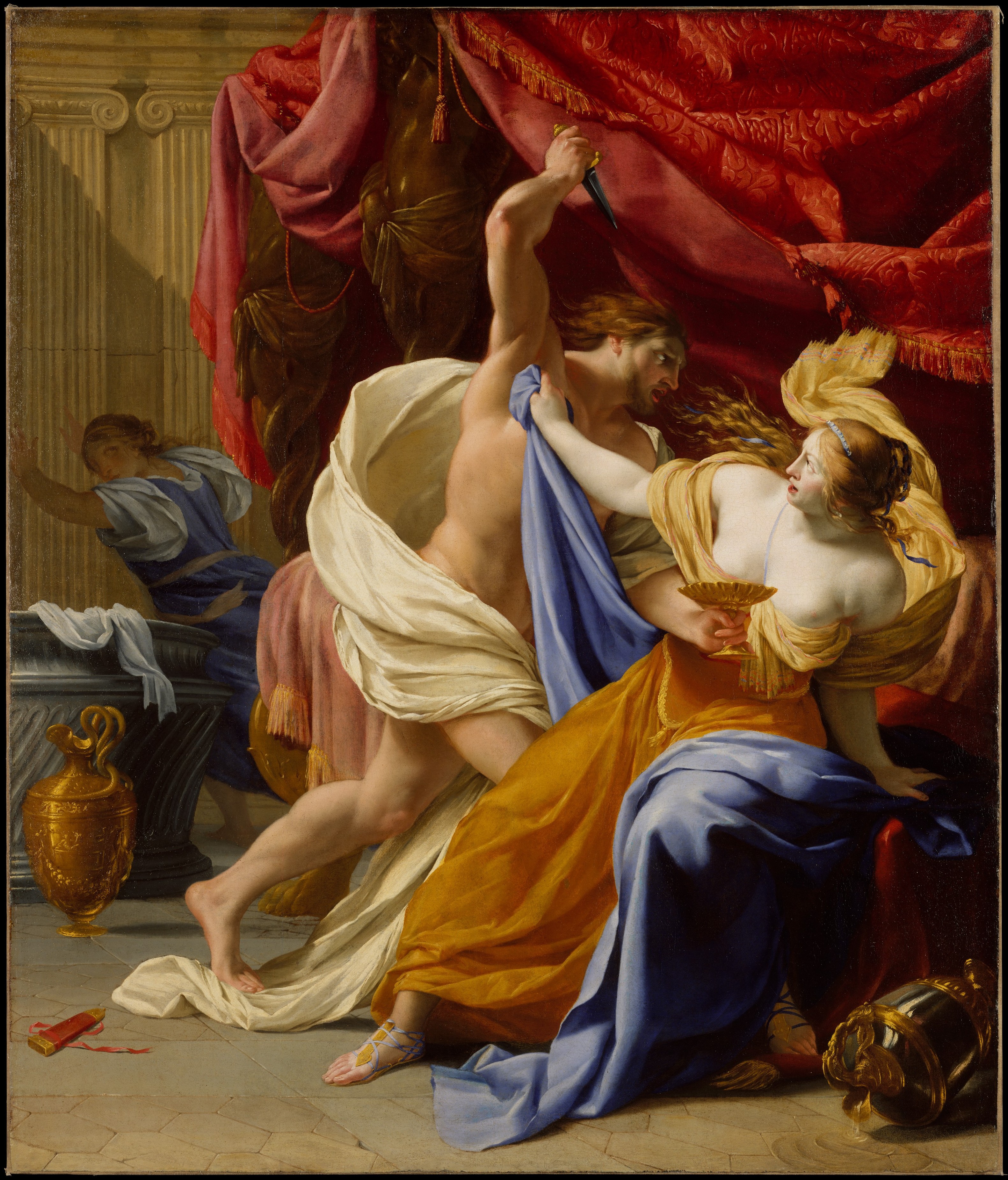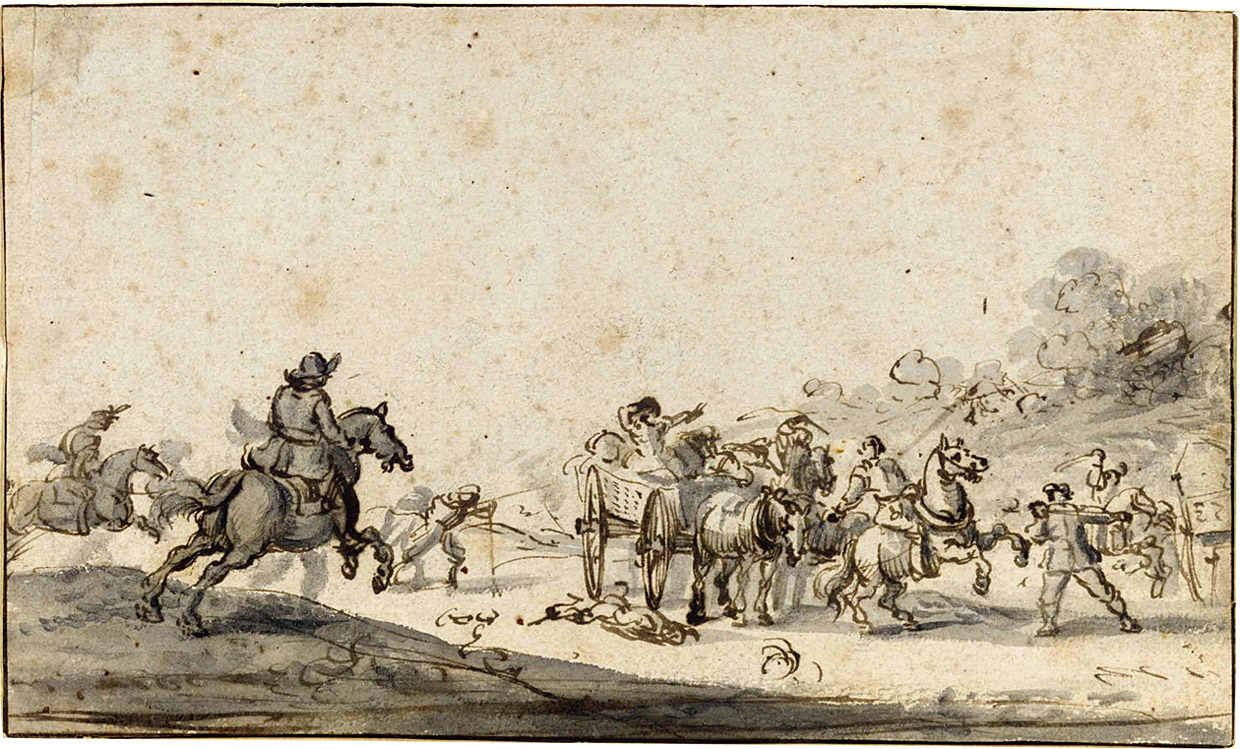|
Code Of Ur-Nammu
The Code of Ur-Nammu is the oldest known surviving law code. It is from Mesopotamia and is written on tablets, in the Sumerian language . It contains strong statements of royal power like "I eliminated enmity, violence, and cries for justice."Cos II:409 Laws of Ur-Namma Discovery The first recension of the code (Ni 3191), an Old Babylonian period copy in two fragments found at Nippur, in what is now Iraq, was translated by Samuel Noah Kramer in 1952. These fragments are held at the Istanbul Archaeology Museums. Owing to its partial preservation, only the long prologue and five of the laws were discernible. Kramer noted that luck was involved in the discovery: Two further tablet fragments (IM 85688+85689) now held at Iraq Museum in Baghdad, with no prologue or concluding formula, were found in Ur and translated in 1965, allowing some 30 of the 57 laws to be reconstructed. Two exemplars were found in Sippar. One (Si 277), held at the Istanbul Museum, bears the prologue and li ... [...More Info...] [...Related Items...] OR: [Wikipedia] [Google] [Baidu] |
Istanbul Archaeology Museums
The Istanbul Archaeology Museums () are a group of three archaeological museums located in the Eminönü quarter of Istanbul, Turkey, near Gülhane Park and Topkapı Palace. These museums house over one million objects from nearly all periods and civilizations in world history. The Istanbul Archaeology Museums consists of three museums: #Archaeological Museum, located in the main building # Museum of the Ancient Orient # Museum of Islamic Art, housed in the Tiled Kiosk Background The origins of the museum can be traced back to the nearby Hagia Irene Church. After the conquest of Istanbul, the church's location close to the barracks of the Janissaries saw it transformed into a de facto 'inner arsenal' for storing their weapons ( Turkish: ''İç'' ''Cebehane''). By 1726, during the reign of Sultan Ahmed III, it functioned as a full-fledged armory known as ''Dar''-''ül'' ''Esliha'' ( Turkish: ''House of Weapons''). By the 19th century, the church was also being used to store t ... [...More Info...] [...Related Items...] OR: [Wikipedia] [Google] [Baidu] |
Code Of Hammurabi
The Code of Hammurabi is a Babylonian legal text composed during 1755–1750 BC. It is the longest, best-organized, and best-preserved legal text from the ancient Near East. It is written in the Old Babylonian dialect of Akkadian language, Akkadian, purportedly by Hammurabi, sixth king of the First Dynasty of Babylon. The primary copy of the text is inscribed on a basalt stele tall. The stele was rediscovered in 1901 at the site of Susa in present-day Iran, where it had been taken as plunder six hundred years after its creation. The text itself was copied and studied by Mesopotamian scribes for over a millennium. The stele now resides in the Louvre Museum. The top of the stele features an image in bas-relief, relief of Hammurabi with Shamash, the Babylonian sun god and god of justice. Below the relief are about 4,130 lines of cuneiform text: one fifth contains a prologue and epilogue in poetic style, while the remaining four fifths contain what are generally called the laws. In ... [...More Info...] [...Related Items...] OR: [Wikipedia] [Google] [Baidu] |
Husband
A husband is a man involved in a marital relationship, commonly referred to as a spouse. The specific rights, responsibilities, and societal status attributed to a husband can vary significantly across different cultures and historical periods, reflecting a global perspective on this role. In many parts of the world, heterosexual monogamous marriage is the prevailing norm, where a husband and wife form the basic unit of a family. Legal systems in numerous countries enforce monogamy and prohibit bigamy and polygamy. Traditionally, husbands often held the position of being the head of the household and the primary provider, a role that was often considered Paternalism, paternalistic. However, the evolving dynamics of modern society have led to a shift in these roles. Today, a husband is not automatically designated as the sole breadwinner, especially when his spouse pursues a more financially rewarding career. This change reflects a global trend in the changing dynamics of Ge ... [...More Info...] [...Related Items...] OR: [Wikipedia] [Google] [Baidu] |
Marriage
Marriage, also called matrimony or wedlock, is a culturally and often legally recognised union between people called spouses. It establishes rights and obligations between them, as well as between them and their children (if any), and between them and their Affinity (law), in-laws. It is nearly a cultural universal, but the definition of marriage varies between cultures and religions, and over time. Typically, it is an institution in which interpersonal relationships, usually sexual, are acknowledged or sanctioned. In some cultures, marriage is recommended or considered to be Premarital sex, compulsory before pursuing sexual activity. A marriage ceremony is called a wedding, while a private marriage is sometimes called an elopement. Around the world, there has been a general trend towards ensuring Women's rights, equal rights for women and ending discrimination and harassment against couples who are Interethnic marriage, interethnic, Interracial marriage, interracial, In ... [...More Info...] [...Related Items...] OR: [Wikipedia] [Google] [Baidu] |
Lugal
( Sumerian: ) is the Sumerian term for "king, ruler". Literally, the term means "big man." In Sumerian, ''lú'' " 𒇽" is "man" and ''gal'' " 𒃲" is "great", or "big." It was one of several Sumerian titles that a ruler of a city-state could bear (alongside '' en'' and '' ensi'', the exact difference being a subject of debate). The sign eventually became the predominant logograph for "King" in general. In the Sumerian language, is used to mean an owner (e.g. of a boat or a field) or a head (of a unit such as a family). As a cuneiform logograph (Sumerogram) LUGAL (Unicode: 𒈗, rendered in Neo Assyrian). Cuneiform The cuneiform sign LUGAL 𒈗 (Borger nr. 151, Unicode U+12217) serves as a determinative in cuneiform texts ( Sumerian, Akkadian and Hittite), indicating that the following word is the name of a king. In Akkadian orthography, it may also be a syllabogram ''šàr'', acrophonically based on the Akkadian for "king", ''šarrum''. Unicode also includes the cuneif ... [...More Info...] [...Related Items...] OR: [Wikipedia] [Google] [Baidu] |
Third Dynasty Of Ur
The Third Dynasty of Ur or Ur III was a Sumerian dynasty based in the city of Ur in the 22nd and 21st centuries BC ( middle chronology). For a short period they were the preeminent power in Mesopotamia and their realm is sometimes referred to by historians as the Neo-Sumerian Empire. The Third Dynasty of Ur is commonly abbreviated as "Ur III" by historians studying the period. It is numbered in reference to previous dynasties, such as the First Dynasty of Ur (26-25th century BC), but it seems the once supposed Second Dynasty of Ur was never recorded. The Third Dynasty of Ur was the last Sumerian dynasty which came to preeminent power in Mesopotamia. It began after several centuries of control, exerted first by the Akkadian Empire, and then, after its fall, by Gutian and independent Sumerian city-state kings. It controlled the cities of Isin, Larsa, and Eshnunna and extended as far north as Upper Mesopotamia. The Ur III provinces, from north to south were Sippar, Tiwe, Urum, ... [...More Info...] [...Related Items...] OR: [Wikipedia] [Google] [Baidu] |
Capital Offense
Capital punishment, also known as the death penalty and formerly called judicial homicide, is the state-sanctioned killing of a person as punishment for actual or supposed misconduct. The sentence (law), sentence ordering that an offender be punished in such a manner is called a death sentence, and the act of carrying out the sentence is an execution. A prisoner who has been sentenced to death and awaits execution is ''condemned'' and is commonly referred to as being "on death row". Etymologically, the term ''capital'' (, derived via the Latin ' from ', "head") refers to execution by Decapitation, beheading, but executions are carried out by List of methods of capital punishment, many methods, including hanging, Execution by shooting, shooting, lethal injection, stoning, Electric chair, electrocution, and Gas chamber, gassing. Crimes that are punishable by death are known as ''capital crimes'', ''capital offences'', or ''capital felonies'', and vary depending on the jurisdic ... [...More Info...] [...Related Items...] OR: [Wikipedia] [Google] [Baidu] |
Rape
Rape is a type of sexual assault involving sexual intercourse, or other forms of sexual penetration, carried out against a person without consent. The act may be carried out by physical force, coercion, abuse of authority, or against a person who is incapable of giving valid consent, such as one who is unconscious, incapacitated, has an intellectual disability, or is below the legal age of consent ( statutory rape). The term ''rape'' is sometimes casually used interchangeably with the term ''sexual assault''. The rate of reporting, prosecuting and convicting for rape varies between jurisdictions. Internationally, the incidence of rapes recorded by the police during 2008 ranged, per 100,000 people, from 0.2 in Azerbaijan to 92.9 in Botswana with 6.3 in Lithuania as the median. [...More Info...] [...Related Items...] OR: [Wikipedia] [Google] [Baidu] |
Adultery
Adultery is extramarital sex that is considered objectionable on social, religious, moral, or legal grounds. Although the sexual activities that constitute adultery vary, as well as the social, religious, and legal consequences, the concept exists in many cultures and shares some similarities in Judaism, Christianity and Islam. Adultery is viewed by many jurisdictions as offensive to public morals, undermining the marriage relationship. Historically, many cultures considered adultery a very serious crime, some subject to severe punishment, usually for the woman and sometimes for the man, with penalties including capital punishment, mutilation, or torture. Such punishments have gradually fallen into disfavor, especially in Western countries from the 19th century. In countries where adultery is still a criminal offense, punishments range from fines to caning and even capital punishment. Since the 20th century, criminal laws against adultery have become controversial, with m ... [...More Info...] [...Related Items...] OR: [Wikipedia] [Google] [Baidu] |
Robbery
Robbery is the crime of taking or attempting to take anything of value by force, threat of force, or use of fear. According to common law, robbery is defined as taking the property of another, with the intent to permanently deprive the person of that property, by means of force or fear; that is, it is a larceny or theft accomplished by an assault. Precise definitions of the offence may vary between jurisdictions. Robbery is differentiated from other forms of theft (such as burglary, shoplifting, pickpocketing, or car theft) by its inherently violent nature (a violent crime); whereas many lesser forms of theft are punished as misdemeanors, robbery is always a felony in jurisdictions that distinguish between the two. Under English law, most forms of theft are triable either way, whereas robbery is triable only on indictment. Etymology The word "rob" came via French from Late Latin words (e.g., ''deraubare'') of Germanic origin, from Common Germanic ''raub'' "theft". Types ... [...More Info...] [...Related Items...] OR: [Wikipedia] [Google] [Baidu] |
Murder
Murder is the unlawful killing of another human without justification (jurisprudence), justification or valid excuse (legal), excuse committed with the necessary Intention (criminal law), intention as defined by the law in a specific jurisdiction (area), jurisdiction. ("The killing of another person without justification or excuse, especially the crime of killing a person with malice aforethought or with recklessness manifesting extreme indifference to the value of human life.") This state of mind may, depending upon the jurisdiction, distinguish murder from other forms of unlawful homicide, such as manslaughter. Manslaughter is killing committed in the absence of Malice (law), ''malice'',This is "malice" in a technical legal sense, not the more usual English sense denoting an emotional state. See malice (law). such as in the case of voluntary manslaughter brought about by reasonable Provocation (legal), provocation, or diminished capacity. Involuntary manslaughter, ''Invol ... [...More Info...] [...Related Items...] OR: [Wikipedia] [Google] [Baidu] |
Babylonian Law
Babylonian law is a subset of cuneiform law that has received particular study due to the large amount of archaeological material that has been found for it. So-called "contracts" exist in the thousands, including a great variety of deeds, conveyances, bonds, receipts, accounts, and most important of all, actual legal decisions given by the judges in the law courts. Historical inscriptions, royal charters and rescripts, dispatches, private letters and the general literature afford welcome supplementary information. Even grammatical and lexicographical texts contain many extracts or short sentences bearing on law and custom. The so-called "Sumerian Family Laws" are preserved in this way. Other cultures involved with ancient Mesopotamia shared the same common laws and precedents extending to the form of contacts that Kenneth Kitchen has studied and compared to the form of contracts in the Bible with particular note to the sequence of blessings and curses that bind the deal. T ... [...More Info...] [...Related Items...] OR: [Wikipedia] [Google] [Baidu] |








